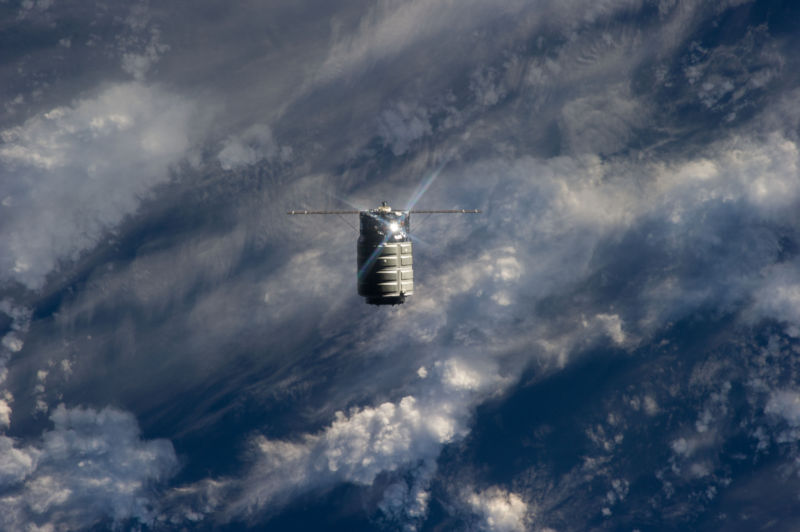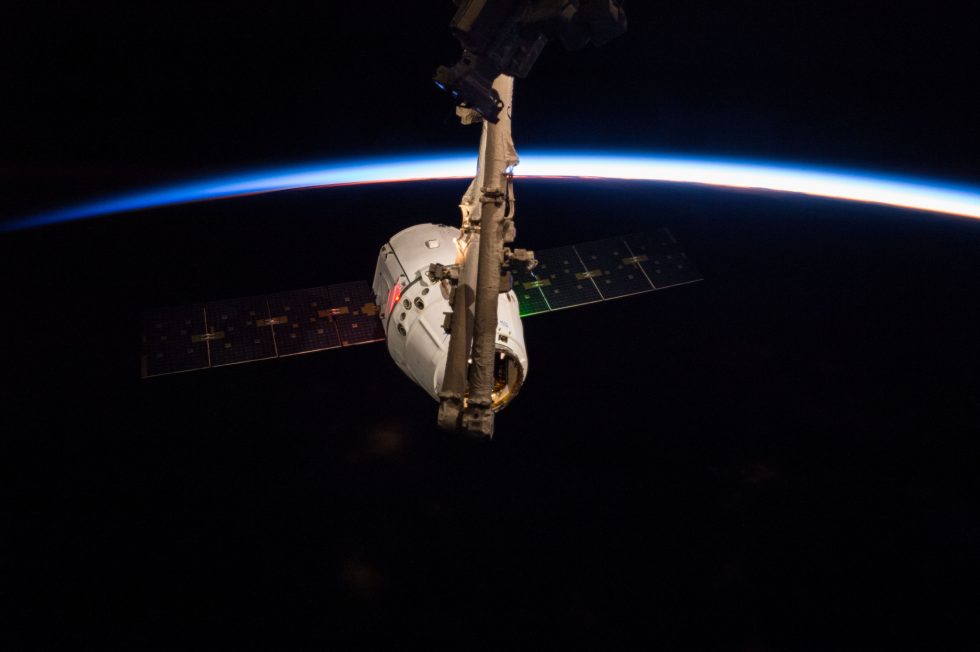
It has generally been assumed that NASA will save money by spurring the development of services by US companies to supply the International Space Station, but such conclusions have largely been based on estimates. Now, a rigorous new review authored by a NASA analyst, and published by the American Institute of Aeronautics and Astronautics, offers a clear answer to this question.
According to the new research paper by Edgar Zapata, who works at Kennedy Space Center, the supply services offered by SpaceX and Orbital ATK have cost NASA two to three times less than if the space agency had continued to fly the space shuttle. For his analysis, Zapata attempted to make an "apples to apples" comparison between the commercial vehicles, through June 2017, and the space shuttle.
Specifically, the analysis of development and operational expenses, as well as vehicle failures, found that SpaceX had cost NASA about $89,000 per kg of cargo delivered to the space station. By the same methodology, he found Orbital ATK had cost $135,000 per kg. Had the shuttle continued to fly, and deliver cargo via its Multi-Purpose Logistics Module, it would have cost $272,000 per kg.
Other benefits
The analysis extended to the commercial crew program, in which SpaceX and Boeing are providing transportation services for astronauts to the space station. Those vehicles, SpaceX's Dragon and Boeing's Starliner, should begin flying in 2019. Based upon publicly available data, the study estimates the cost of a crew rotation (four astronauts) for SpaceX at $405 million and for Boeing at $654 million.
The detailed study then attempts to calculate the costs of the commercial cargo and crew programs combined, comparing that total to continued shuttle flights, which could carry both supplies and astronauts at the same time. Zapata's best estimate is that the commercial programs cost only about 37 to 39 percent of what it would have cost NASA to continue the space shuttle program.
The benefits of the private programs go beyond cost savings, however. With multiple providers, NASA now has redundancy in case of a failure of supply lines to the space station. And there are indirect benefits as well, especially from supporting the efforts of US companies to develop new spacefaring technologies.
For example, Zapata notes that NASA invested about $140 million in the Falcon 9 rocket to help complete its development. However, because of this investment, SpaceX has been able to launch more than 20 payloads for private customers—launches that would otherwise have almost certainly gone to overseas providers.
"it is arguable that the US Treasury has already made that initial investment back and then some merely from the taxation of jobs at SpaceX and its suppliers only from non-government economic activity," the study finds. "The over $1 billion (net difference) is US economic activity that would have otherwise mostly gone abroad. This is very different from the economic benefit when NASA is a sole user of a system."
Extend to deep space
Zapata suggests the successes now realized from the commercial program to deliver cargo to the station, and similar cost savings likely to result from crew transportation to the space station, bode well for the future of NASA's exploration plans.
As NASA looks toward deep space, including the Moon and Mars, everything from in-space propulsion, to avionics, to descent and landing systems could benefit from fixed price, commercial contracts. "These opportunities are promising and effort is justified to explore commercial deep space systems, with no assumption that commercial partnerships arbitrarily end at LEO," the study concludes.
Such an attitude breaks with that held by former NASA administrator Charles Bolden, who often said he welcomed commercial contracts in low-Earth orbit, but felt that deep space was the domain of NASA. In the coming months, we will see whether the Trump administration holds similar views.
reader comments
120